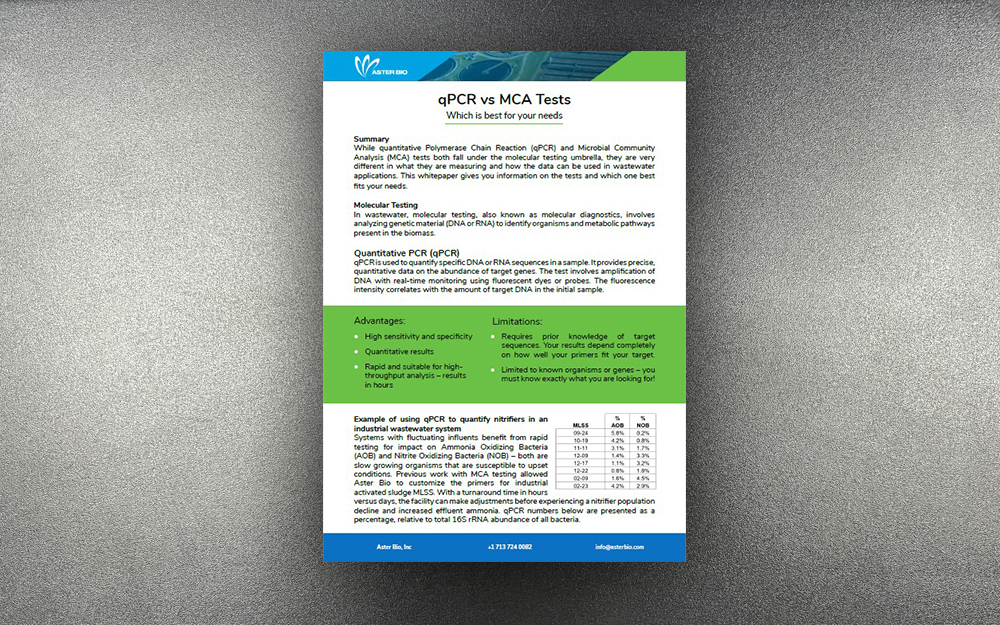Enhancing Aquaculture Efficiency with AB PALU – Aster Bio’s Multiple Enzyme Blend
Executive Summary Aquaculture is rapidly evolving to meet global protein demands while minimizing environmental impact. This whitepaper explores the integration of AB PALU - a targeted multi-enzyme blend produced by aseptic fermentation of Bacillus subtilis. AB PALU...
MBBR vs. Granular Activated Sludge: Key Differences in Wastewater Treatment
Both Moving Bed Biofilm Reactor (MBBR) and Granular Activated Sludge (GAS) systems are advanced wastewater treatment technologies that have increased biomass density than conventional activated sludge, their distinct operational principles lead to significant...
Impact of Surfactants on Wastewater Treatment Plants
Surfactants, or surface-active agents, are among the most common chemcials used in both households and industrial facilities. Found in everything from personal care products to industrial cleaners, these chemical compounds reduce surface tension between two...
Understanding Bacterial Gene Expression: The Impact on Phenotype vs. Genotype
In the world of microbiology, understanding the relationship between genotype and phenotype is crucial for advancing wastewater treatment technologies. Bacterial gene expression plays a pivotal role in this dynamic, influencing how genetic information translates into...
The Differences in EPS: Activated Sludge Flocs vs MBBR Media Biofilm vs Granular Activated Sludge Granules
Extracellular polymeric substances (EPS) play a crucial role in the formation and stability of microbial aggregates such as biofilms, flocs, and granules. These substances are essential for microbial adhesion, aggregation, and protection against environmental...
The Role of Biological Wastewater Treatment in Removing Pharmaceutical Compounds
Pharmaceuticals consist of many recalcitrant compounds that are not readily biodegradable and, in some cases, inhibitory to wastewater treatment systems. While we often hear about forever chemicals such as PFAS, many common pharmaceuticals also can have a negative...

Reading an MCA Report
Reading an MCA report is simple with a little guidance. Aster Bio’s Microbial Community Analysis (MCA) test involves extracting genetic material from the MLSS and then using the 16S rRNA regions for microbial identification. Sequencing the 16S region gives us the...

Bioaugmentation: Tools to Improve Biomass Management
While less known than polymers, antifoams, or odor masking agents, bioaugmentation proves useful for correcting biomass insufficiency. Unlike pure chemical options, bioaugmentation works by enhancing the microbial community and restoring steady-state or mature biomass...

qPCR vs MCA Tests
While quantitative Polymerase Chain Reaction (qPCR) and Microbial Community Analysis (MCA) tests both fall under the molecular testing umbrella, they are very different in what they are measuring and how the data can be used in wastewater applications. This whitepaper...
